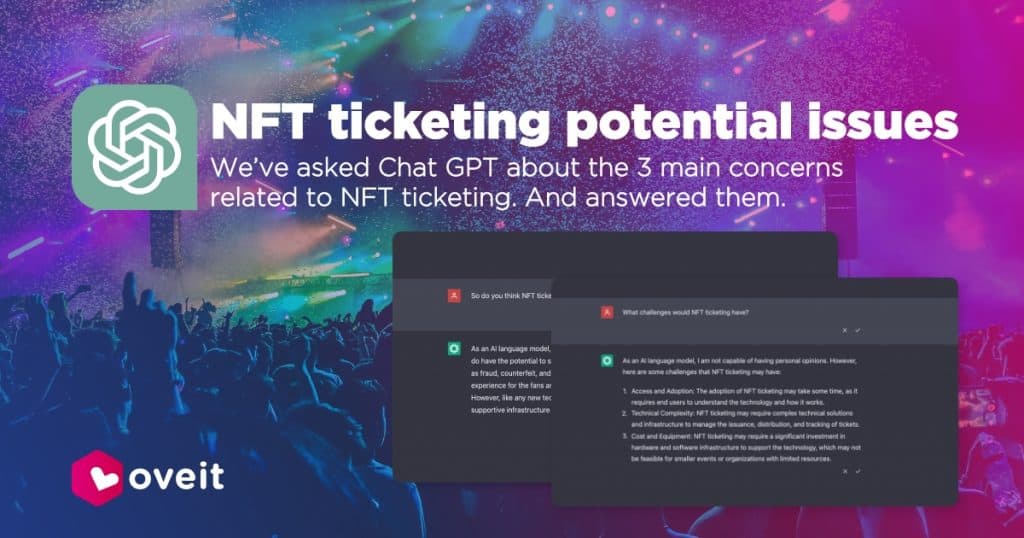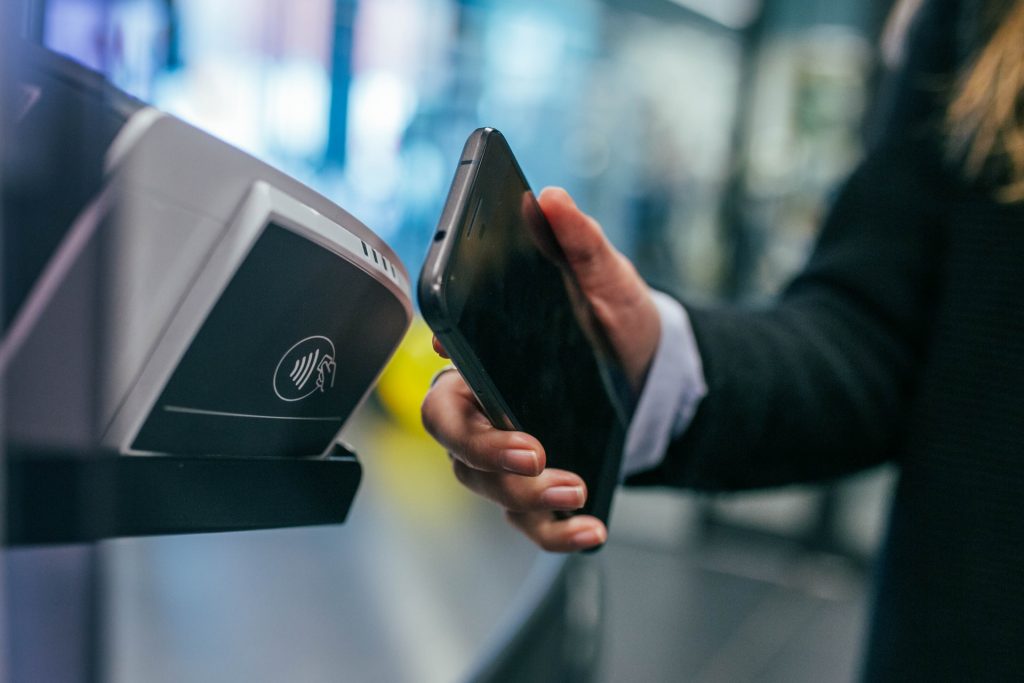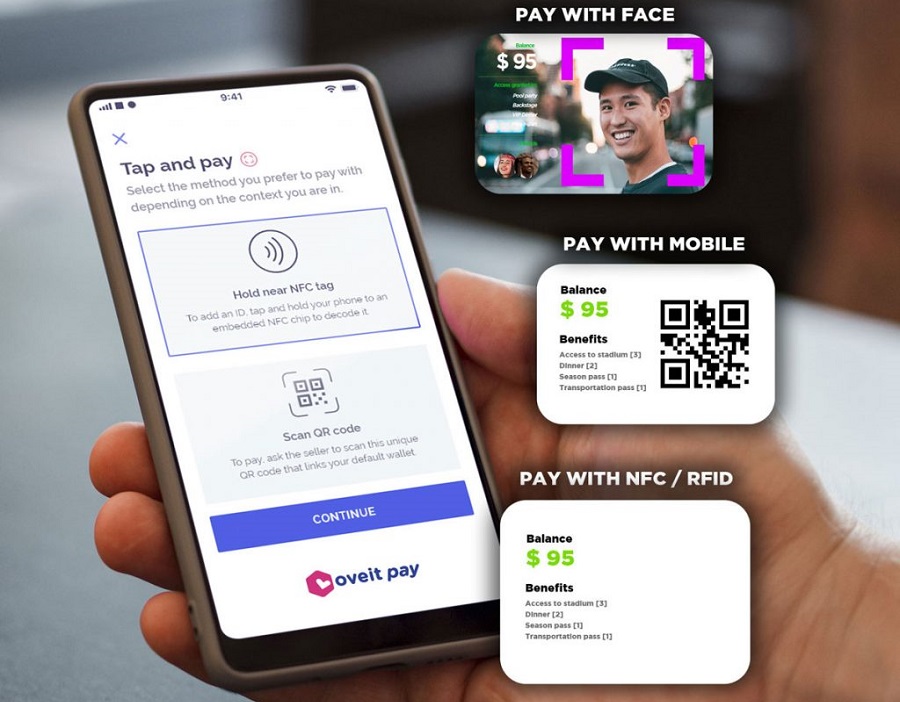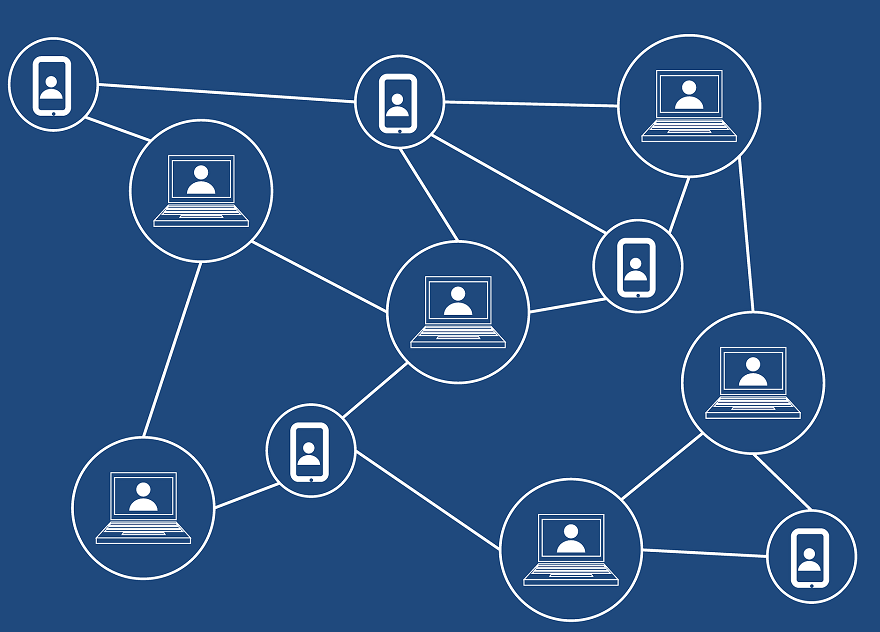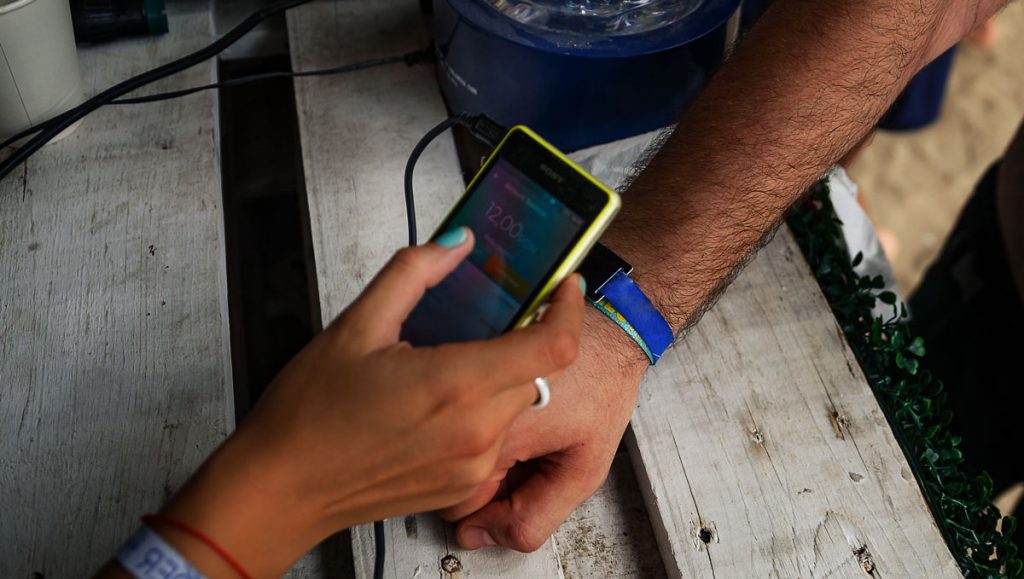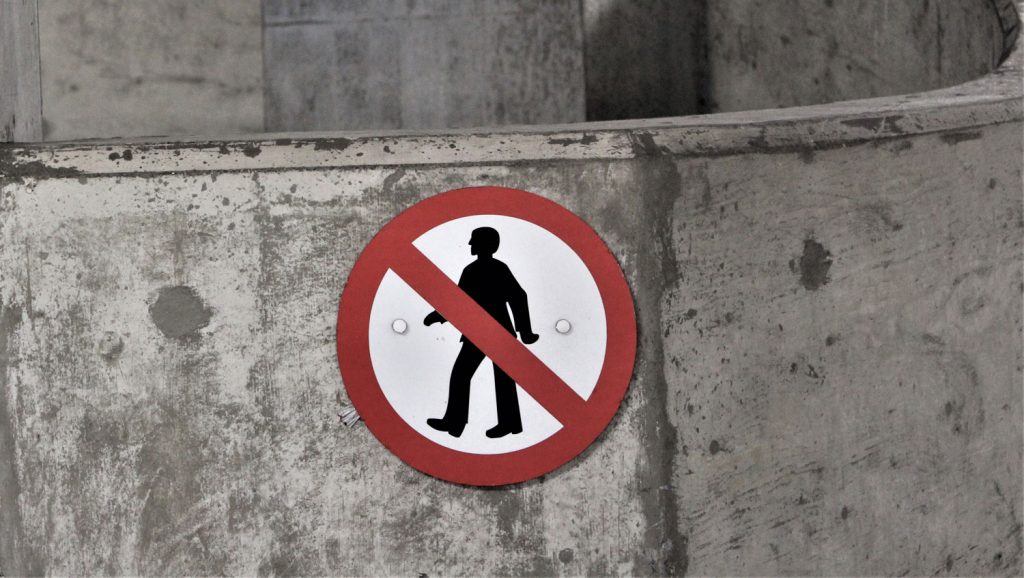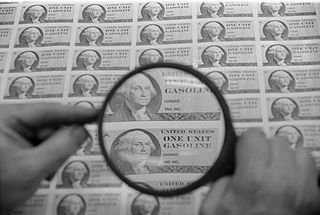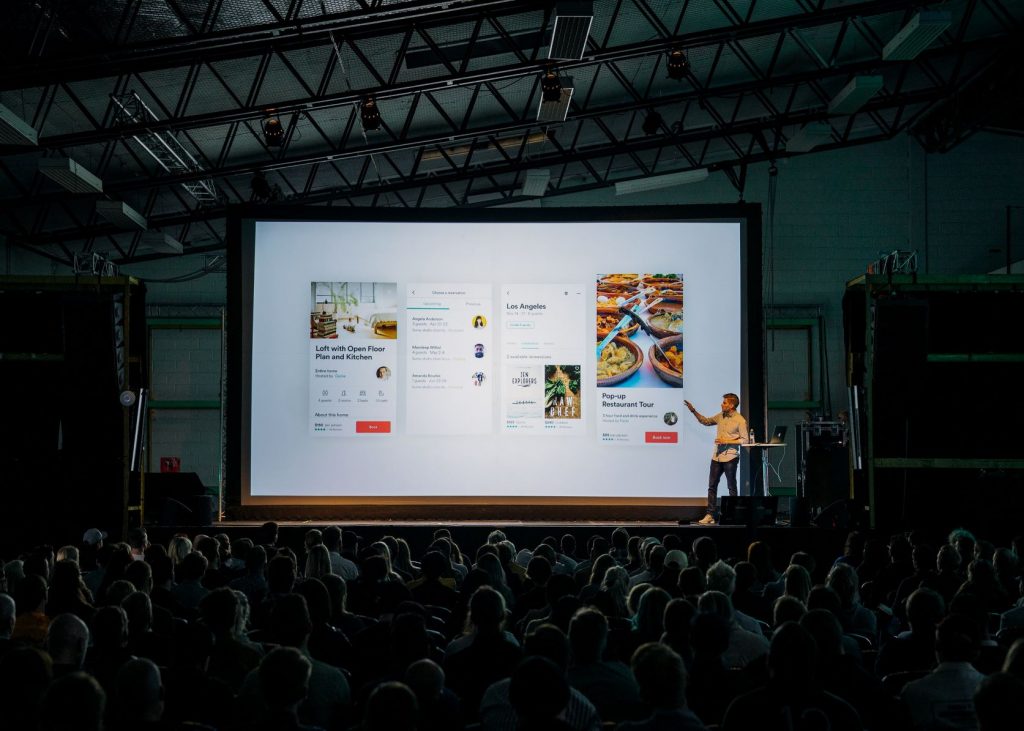We’ve asked Chat GPT about the 3 main concerns related to NFT ticketing and answered them through this article.
We’ve said it before, but we’ll say it again. Here at Oveit, we feel that NFT ticketing is the future of ticketing. The benefits offered by blockchain technologies have the power to fundamentally change the industry for the better. These tokenized tickets are not only protecting your community against scalpers and fraudsters. They’re doing it while allowing you to create new, immersive experiences for your attendees.
Table of content NFT Ticketing and its benefits NFT ticketing concerns Access and Adoption Technical Complexity Cost and Equipment Final WordsNFT ticketing and its benefits
Unlike traditional tickets, which generally allow their holders access to a specific venue or area, NFT tickets have the ability to govern the connection between you and your community. While still serving a ticket’s primary meaning, they also govern loyalty memberships, can store extra physical or digital products, and offer access to #web3 experiences. Not to mention that their immutable nature transforms them into desired collectibles!
But as with any emerging technologies, there are valid concerns that need to be addressed. Whilst implementing NFT tickets for events around the globe, we’ve had a chance to see what people’s main concerns are.
But for this article, we’ve decided to have a different approach. We’ve asked Chat GPT to tell us what the 3 main concerns people may be having when considering implementing NFT tickets for their events. We’ve then addressed these concerns and answered them ourselves.
Just to add, we do agree these concerns are normal to have, but as you can see below, using Oveit’s NFT ticketing is easy to use, extremely accessible, and nothing to be concerned about!
NFT ticketing concerns – according to Chat GPT
This is it. Below, you’ll find the 3 concerns Chat GPT mentioned. And our answer for each of them.
Access and Adoption: Adopting NFT ticketing may take some time, as it requires end users to understand the technology and how it works.
Our NFT ticketing system has been created to be user-friendly and intuitive, making it easy for anyone to use. As an event organizer, no #web3 technical knowledge is required. We’ve built our NFT solution to work on top of the existing ticketing processes and we handle all the technicalities. All that’s needed is a wallet address to use for any incoming royalties in the future. If an organizer doesn’t have a wallet, we can set up the NFT tickets under our collection, so even #web3 beginners can easily sell NFT tickets with Oveit.
For ticket buyers, the process is equally simple. NFT tickets are minted straight to the buyers’ wallets, and all they need to do is connect their wallet address to receive the smart tickets. What happens if somebody with zero blockchain experience wants to buy a tokenized ticket? Besides non-custodial wallets, we also support custodial wallets such as Gryfyn. So somebody completely new to this space can easily open a wallet using their email address. And once they set up a full KYC with the wallet, assets can be recovered even if they lose their login credentials.
Technical Complexity: NFT ticketing may require complex technical solutions and infrastructure to manage ticket issuance, distribution, and tracking.
Issuing, distributing, and tracking NFT tickets are all done through our proprietary system and partners’ network, allowing our users to use these features without any #web3 technical know-how. We’ve developed a full smart ticketing process that can be used by anyone interested in the benefits of blockchain technologies, even without any experience in the area.
Here are some of the use cases:
Our network of payment processing partners allows you to sell tickets for both fiat and cryptocurrency and receive your money in fiat currency, regardless of how your customers decide to pay.
You can sell NFT tickets even if you don’t own a crypto wallet. All smart tickets can be deployed under Oveit’s collection, so you and your community can benefit from all the perks without worrying about the complexity of the process.
Anybody can buy an NFT ticket, even customers who haven’t interacted with #web3 technologies before. NFT tickets can be bought with fiat currency through traditional card payment, just like any other electronic ticket. Customers who don’t own a crypto wallet can easily open a Gryfyn wallet – a custodial wallet that requires only a valid email address.
With Oveit, NFT tickets can be scanned just like regular electronic tickets. We’ve worked hard to create a smart ticketing process that resembles the traditional eTicketing process. Although based on blockchain technologies with improved capabilities, the interaction is as smooth as the current process. Your customers will show you a QR code that you scan with our mobile app. In the background, this technology completely changes the process, making it safer for all parties involved.
Cost and Equipment: Smart tickets may require a significant investment in hardware and software infrastructure to support the technology, which may not be feasible for smaller events or organizations with limited resources.
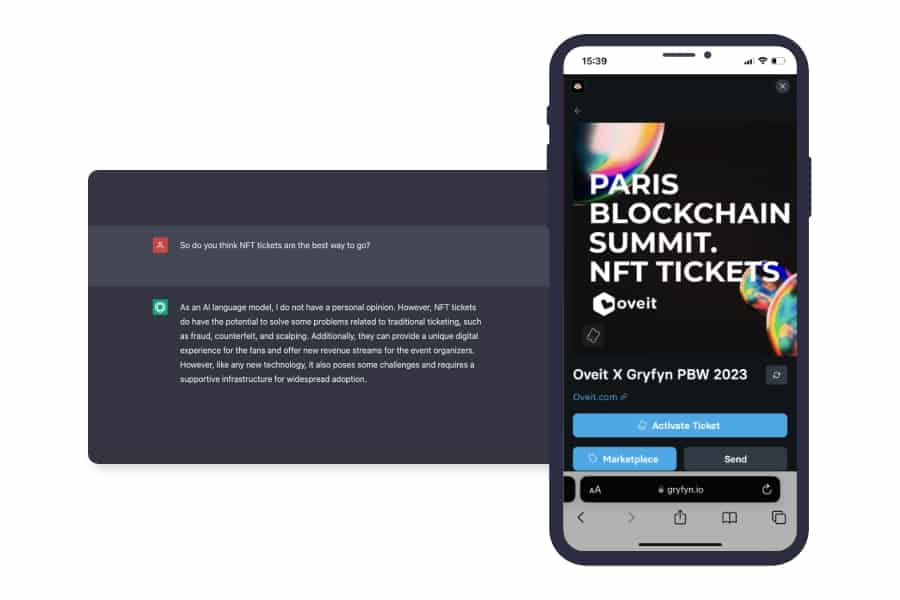
With Oveit, you can use our mobile apps to scan electronic and NFT tickets, together with all the included perks. Our NFT ticketing capabilities are built on top of the existing ticketing process – ensuring a smooth process for both. No special hardware or additional software infrastructure is required in order to use our smart ticketing solution.
When it comes to costs, we’ve kept them simple as well. While Oveit runs on a subscription model, for NFT tickets we’ll take care of all the minting costs and charge just a small percentage of the cost of these tickets. This way, you’re sure that you will never have to pay anything extra for the blockchain technology that supports the NFT tickets – you’ll pay just for the minted tickets.
Final words
We hope this article helped you get a better understanding of how we address the main concerns regarding NFT ticketing. And although we’ve focused on what are, according to Chat GPTthe 3 most common, we know that there are other questions you may have. So here is what we want you to do:
If you have an NFT ticketing-related question for which you haven’t found an answer, leave it in the comments. And we’ll answer it for you. Meanwhile, we’ll keep asking Chat GPT to see if other relevant questions appear – and we’ll update this article accordingly.
